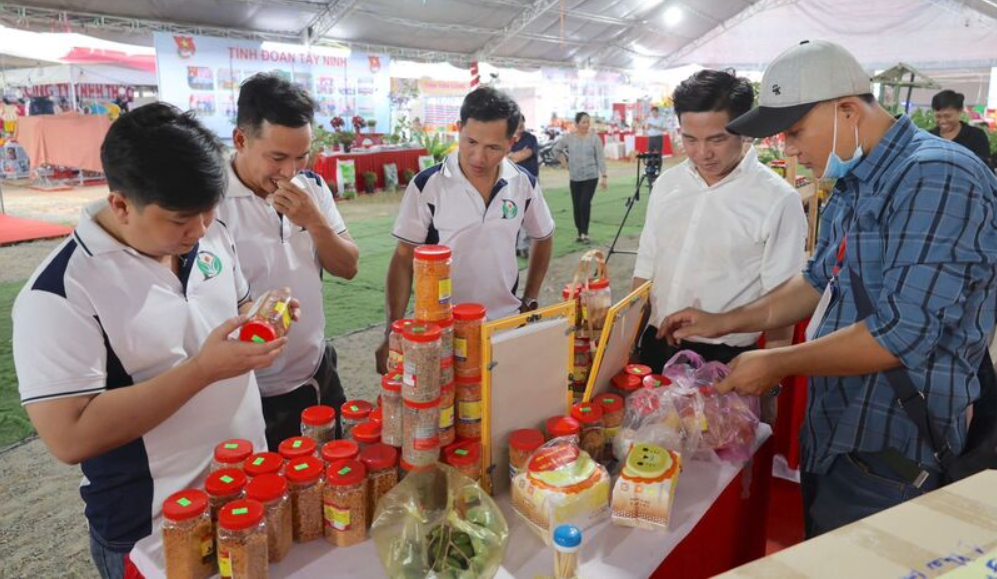
Vietnam highlights LNG power plans at Russian Energy Week 2025
19:05 | 23/03/2025 22:06 | 16/10/2025News and Events
Centuries-old heritage, tens of trillions in value
According to the Hanoi Department of Industry and Trade, the city is home to 47 out of the nation’s 52 recognized traditional crafts, with 1,350 craft villages and villages engaged in craft activities. Many of these handicrafts have developed into distinctive brands over generations. Among them are lacquer and mother-of-pearl inlay in 39 villages, bamboo and rattan weaving in 365 villages, forest product processing in 170 villages, ceramics in five villages, textiles and garments in 152 villages, leather and footwear production including ball stitching in 12 villages, carving and sculpture in 13 villages, gold leaf gilding in four villages, and embroidery and lace-making in 138 villages.

Hanoi’s craft villages are facing the risk of raw material shortages for production
Hanoi leads the country in both the number and diversity of traditional crafts, with more than 800 villages specializing in handicrafts. Experts regard this as a key advantage for developing the cultural industry, promoting craft-based tourism, and boosting export potential.
Total annual revenue from 337 traditional and craft villages has exceeded VND 20 trillion. Data from the Department of Industry and Trade shows that by the end of September 2024, Hanoi’s handicraft exports had reached more than USD 200 million.
At various times in the past, craft villages faced crises caused by labor shortages, especially of skilled workers, and shrinking consumer markets. Advances in science, technology, and e-commerce have partially eased these problems. However, a major challenge now lies in the lack of autonomy in sourcing raw materials.
A survey by the Hanoi Industrial Promotion and Development Consultancy Center found that bamboo and rattan weaving villages consume about 6,800 tons of raw materials each year. On average, each enterprise uses about 50 tons per month, while each household consumes around 20 tons. Ceramic villages require about 620,000 tons of clay and kaolin annually. Lacquer production needs roughly 4.000 tons of raw materials, while woodworking demands more than one million cubic meters of timber.
The majority of these raw materials must be brought in from other provinces such as Phu Tho, Quang Ninh, Thanh Hoa, and Lao Cai, or even imported from abroad. A fully developed supply chain has yet to be established. Producers often have to buy through intermediaries, which pushes up costs, makes quality inconsistent, and prevents the signing of long-term contracts. These factors significantly affect cost control, quality assurance, and competitiveness.
Dao Viet Binh, a Meritorious Artisan and Chairman of the Kim Lan Ceramics Association, said that the ceramics sector alone requires 80,000 tons of clay and kaolin, 10,000 tons of feldspar and quartz, and 3,000 tons of glaze and additives each year. Most of these materials come from other provinces and pass through intermediaries, driving up costs and creating risks.
The mother-of-pearl inlay craft in Phu Xuyen faces a shortage of natural seashells and oyster shells, its primary materials. Past overexploitation combined with conservation regulations has made supplies unstable, increasing prices and directly affecting the competitiveness of the products.
The lacquer sector faces similar challenges, with 80 percent of its materials sourced outside Hanoi. According to Nguyen Thi Hoi, Chairwoman of the Ha Thai Lacquer Association, prices fluctuate frequently, transportation is difficult, and purchases must often be made through middlemen, leaving artisans in a passive position when it comes to production.
Seeking solutions to a tough problem
To address the shortage of raw materials, the Kim Lan Ceramics Association recommends quickly establishing links between raw material areas and production sites. This would involve creating direct supply networks between craft villages and extraction locations, encouraging the signing of long-term supply contracts to reduce market risks, and developing logistics services along with transit warehouses.
Enterprises should be encouraged to invest in local pre-processing facilities to better control raw material quality. They should also work with research institutes and universities to improve production technologies and develop methods for material testing. In terms of policy, the government should offer financial and credit support for producers to expand their storage facilities, while providing tax and land incentives for domestic suppliers.
Nguyen Thi Hoi believes that Hanoi needs to take a more proactive role in building a formal, inter-regional supply chain. This would not only mean connecting with provinces such as Phu Tho, Nghe An, and Tuyen Quang, but also establishing designated raw material zones with high technical standards, long-term stability, and clear quality control measures.
Le Ba Ngoc, Vice Chairman and Secretary General of the Vietnam Handicraft Exporters Association, noted that Hanoi’s craft villages currently depend on bamboo and rattan from Thanh Hoa, Hue, and Quang Nam, nứa from Son La and Hoa Binh, and silk from Lam Dong. Without clearly defined raw material zones in these provinces, Hanoi will not be able to stabilize supply.
Ngoc pointed out that many current inter-regional cooperation agreements are symbolic in nature. They are often signed but not implemented. He stressed that linkages must be substantive, supported by clear regional plans, and should involve the production of environmentally friendly, low-emission materials with traceable origins. Export markets now demand complete transparency along the entire value chain, and without changes, Vietnam risks being excluded from global competition.
Ngoc also proposed the development of partnerships between the public sector, private enterprises, and local communities. Since artisans and small-scale producers cannot manage input sourcing on their own, the participation of larger enterprises, government authorities, and craft communities is essential to creating a sustainable raw material ecosystem.

19:05 | 23/03/2025 22:06 | 16/10/2025News and Events

19:05 | 23/03/2025 21:01 | 16/10/2025News and Events

19:05 | 23/03/2025 20:59 | 16/10/2025Trade

19:05 | 23/03/2025 20:56 | 16/10/2025Trade

19:05 | 23/03/2025 20:51 | 16/10/2025Trade